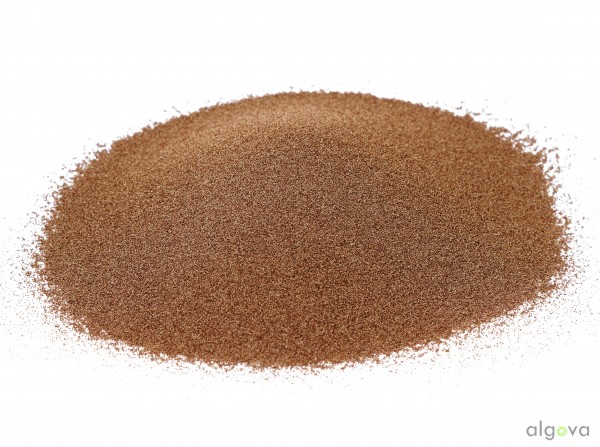

A well-known problem – Artemia eggs bought, immediately set and see there super hatching rate! Half a year later almost nothing of the same batch hatches anymore. And this although the Artemia Cysts were stored according to regulations at 5°C and all other parameters were adjusted according to the hatching instructions. What is the reason for this? How to store Artemia eggs correctly?
Both manufacturer’s advice and technical literature usually recommend a temperature below 10 °C for storing dried Artemia cysts. However, it is particularly important that the eggs are stored in an airtight container and are not in direct contact with the atmosphere (Van Stappen 2003).
From a practical point of view, this cannot be guaranteed after the initial opening of the package. The usually heavily dehydrated cysts will come into contact with oxygen and moisture. Both are parameters that can trigger biochemical processes in Artemia cysts and reduce their storability (Clegg & Cavagnaro 1976). This problem gets exacerbated when a package of Artemia cysts is briefly opened and closed on a warm summer day and then placed into the refrigerator. In so doing, air with a high amount of moisture enters the package. This moisture will condense in the refrigerator to a small amount of water that accelerates the decay of Artemia eggs significantly!
Our recommendation
We therefore recommend to store Artemia cysts in an airtight container in a freezer at -10 to -20 °C. This is the only way to maintain a high hatching rate over a long period of time. If you have a larger amount of Artemia cysts, we suggest dividing them into several airtight grip sealed bags. This prevents defrosting all cysts at once and rehydrating them.
Sources
Clegg, J.S. & Cavagnaro, J. 1976 Interrelationships between water and cellular metabolism in Artemia cysts IV. ATP and cyst hydration. J. Biophys. Biochem. Cytol., 88, 159-166.
Van Stappen, G. 2003. Production, Harvest and Processing of Artemia from Natural Lakes. In: Stottrup J.G., McEvoy L.A. (Ed.).Live feeds in marine aquaculture. Blackwell Publishing Ltd, Oxford, S. 122ff



